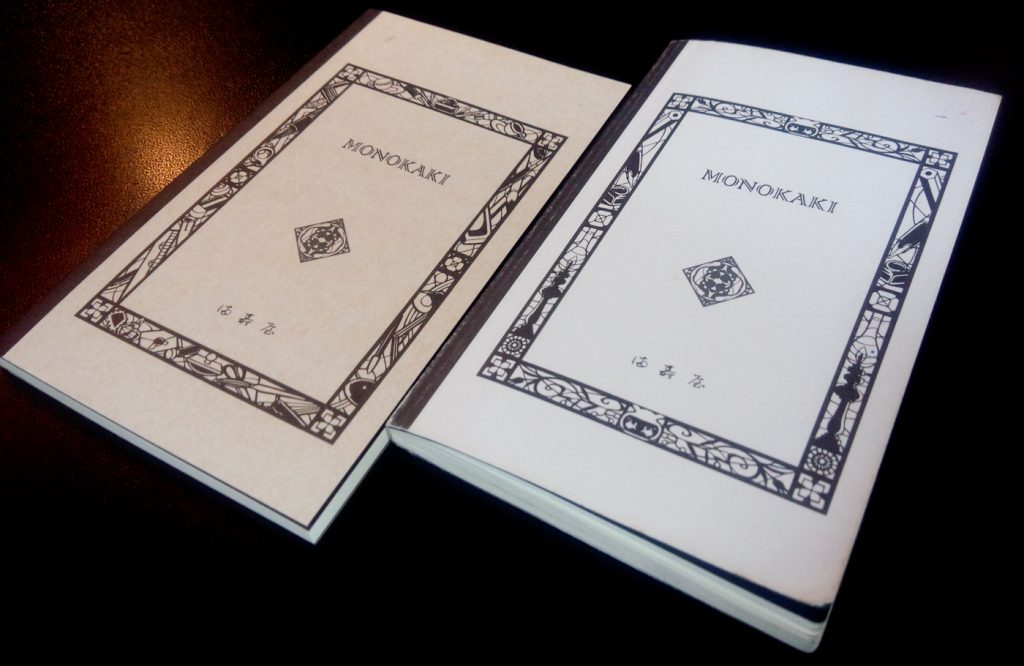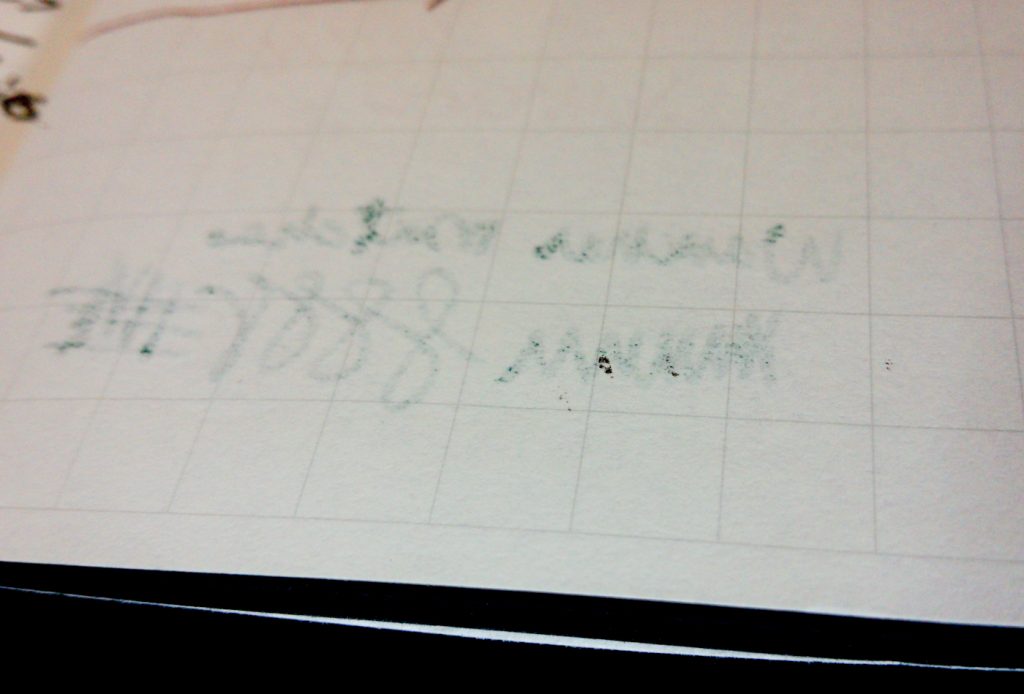All worst high school students are the same, but the worst junior high school students are worst in their own unique ways.
The worst high school students are either loud or sleepy. That’s pretty much it because in high school in Japan students can fail and, in theory, it’s okay for you to remove them from the class.
Junior high school students in Japan, however, cannot fail and private schools won’t expel them so their worstness comes in tiers.
Fifth Tier: The Sleepers
If they are not asleep when you walk in class–and they will not wake up easily if this is true–they will put their heads down as soon as they reach their seats. They do not have books, paper or any kind of writing utensil and will not understand why you think such things are necessary. They will take personal offense at being woken up.
The worst of the sleepers (and this applies to high school) are asleep in the wrong class, wake up half way through, and then groggily collect their stuff and go to their proper classes.
Note: I always confirm the students are actually breathing before letting them sleep.
Note the Second: If a student wasn’t breathing, I’d probably ignore that until the end of class in order to make it another teacher’s problem and avoid any paperwork.
Fourth Tier: The Finnishers
These worst give up easily. They will ask you to speak Japanese (even after you speak Japanese to them) and they will refuse to open a dictionary even when you plop one on their desk. They will look at an assignment and sheepishly stare around hoping someone close by finishes the assignment. If necessary, they will roam the room in search of people with the answers.
If they have a textbook, it is probably one stolen from another student’s locker which means there’s a student in another class losing points for not having a textbook.
When Finnishers decide they’ve done enough classwork–even if they’ve done nothing at all–they say “I’m Finnish” and your best efforts to correct them will always fail.
Third Tier: The Obnoxious Brats
These are Finnishers with attitude. They will not do an assignment even if you explain it to them in Japanese. When you try to explain they will smile and nod at you in ways that indicate they have ears but will not hear.
They have pristine textbooks because they have never written in them. Or they have a textbook from another student. If the answers are already written in the purloined book, the book will be passed around the class for others to copy.
Second Tier: The Seriously Obnoxious Brats
These SOBs have, in many cases, never heard the word “No.” They are not used to doing things they don’t want to do and don’t understand why techniques they use on their parents not only don’t work on you but often result in homework.
They have pristine books stolen from other students in their class and when you try to explain an assignment they will laugh and make faces back at you.
They will sit at the back and talk the entire class. They will lie down on the floor. When you speak in class they will parrot every word you say without actually understanding anything you’re saying.
First Tier: The Right Little Shits
The Right Little Shits are hostile, in-your-face bad. They will do every trick they know to make you angry and if you ever do get angry they will push those buttons again and again and again and try to get other students to push them. If you get angry again, they will laugh.
They walk in late, even if they know it will get them in trouble–actually, they walk in late because they know it will get them trouble–and will make a joke out of it. Their goal is to perform for the rest of the class.
They use bad words (in English and Japanese) and will mock your attempts to discipline them.
In most cases, they are fairly smart, but never as smart as they think they are. Most end up in lower level classes and are refused admittance to high, or they are admitted and fail their first year in high school.
In all my years at the school where I work I’ve taught a lot of SOBs but only a handful of right little shits. One I gave a negative class mark to just to attract attention to how bad he was and how he shouldn’t be allowed in high school.
Some matured when they got to high school, because suddenly they could fail and there were enough new students they suddenly weren’t cool, but a few did not. The one I gave a negative score to failed out of high school after one year.




